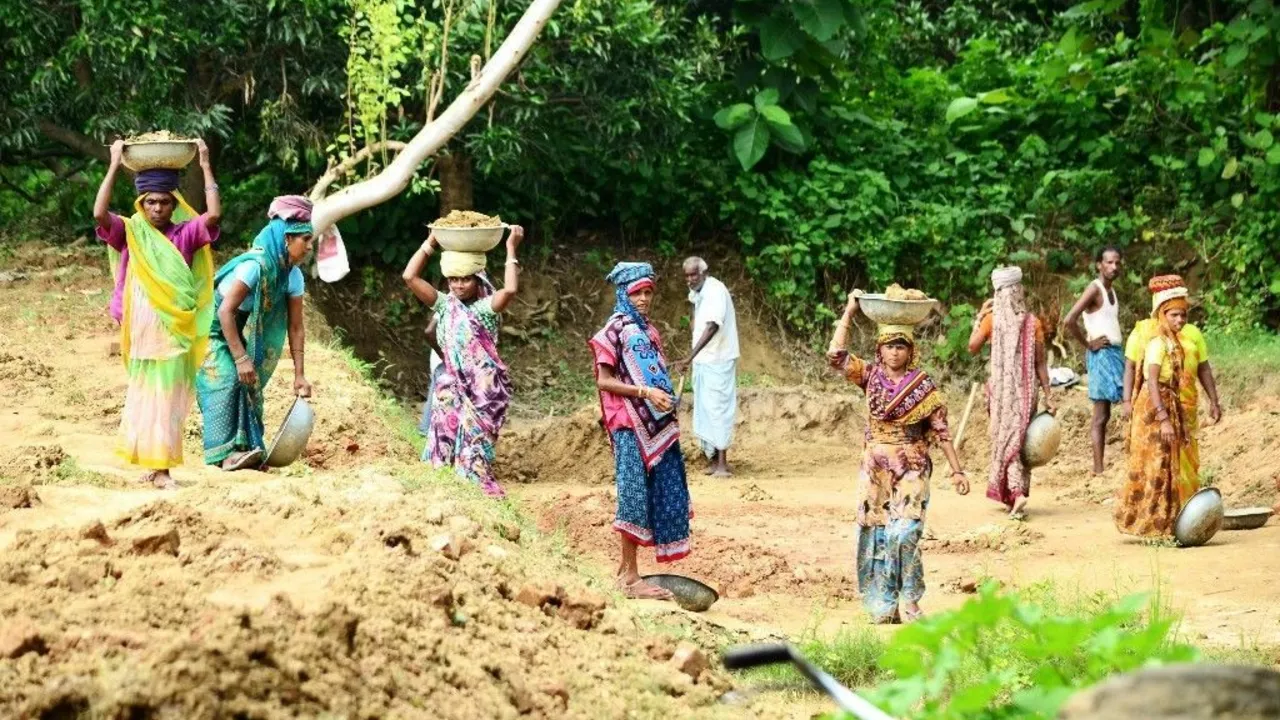Life as an Indian is an enriching experience filled with a blend of diverse cultures, languages, and traditions. Being an Indian, I'm proud of our deep-rooted heritage and rich history that spans thousands of years. Our daily life is a vibrant mix of modernity and tradition, with festivals, food, music, and dance playing a pivotal role. The spirit of unity in diversity is truly embodied in India, despite the myriad of religions and customs. Living in India means being part of a dynamic, fast-growing economy while staying rooted in age-old traditions.
Indian Lifestyle: Culture, Food, Law, and Everyday Stories
When you think of India, a burst of colors, flavors, and stories comes to mind. From the spices that make every dish sing to the bustling courts where ordinary citizens can voice their concerns, Indian life is a mix of tradition and modern hustle. This guide pulls together some of the most common questions and curiosities you’ll find online about living, eating, and navigating India’s unique landscape.
Food and Flavors that Define India
Spice is the heartbeat of Indian cuisine. Without cumin, cardamom, or a pinch of chilies, the meals feel flat—like a song missing its chorus. One popular question on our site asks whether Indian food is truly complete without spices, and the answer is a resounding yes. Those aromatic blends don’t just add taste; they bring health benefits like anti‑inflammation and better digestion.
If you’re counting calories, there’s an Android app that many Indians love—MyFitnessPal. It includes a solid database of local dishes, so you can track the energy in a plate of butter chicken or a bowl of poha without guessing.
Beyond the kitchen, food connects to culture. The first Hindi newspaper, Udant Martand, launched in 1826, was printed using ink made from natural dyes and reported on everything from market prices to seasonal recipes. That blend of information and flavor set the tone for how news and meals travel together in Indian households.
Legal Bits and Everyday Questions
India’s legal system is surprisingly accessible if you know where to look. Want to send a suggestion to the Supreme Court? There’s a clear protocol: draft a concise letter, address it to the Chief Justice, and follow the court’s submission guidelines. This process empowers ordinary citizens to have a voice at the highest judicial level.
Another hot topic is what happens if a woman hits a man. Under Section 354 of the Indian Penal Code, a man can file a case for assault or criminal force. Additionally, Section 323 covers voluntarily causing hurt. These statutes remind us that the law aims to protect everyone, regardless of gender.
People also wonder if Air India is a government body. Since its nationalization in 1953, the airline has been fully owned by the Indian government, operating as the nation’s flag carrier. Knowing this helps travelers understand the airline’s policies and the role of the public sector in aviation.
Population talks often surface, too. India’s average age sits around 27.8 years, and the country’s youthful demographic drives both its workforce and its cultural trends. Understanding these numbers gives context to everything from market demand for tech jobs to the popularity of fast‑growing cities.
All these snippets—from cooking tips to courtroom advice—show that Indian lifestyle isn’t just a single story. It’s a collection of everyday moments, legal nuances, and culinary adventures that together paint a vivid picture of life across the subcontinent.
